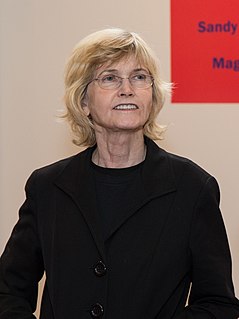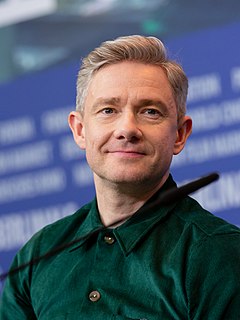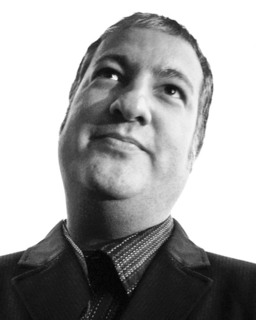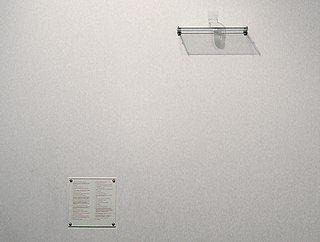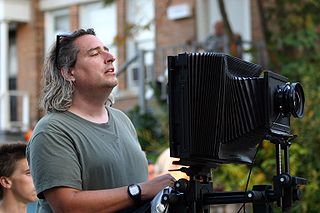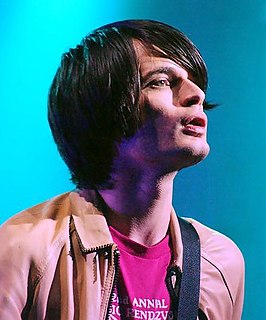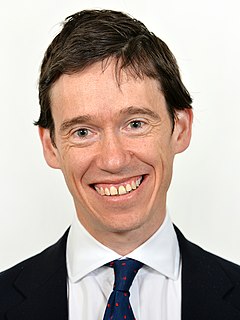A Quote by Sandy Skoglund
I think I'm really fortunate to be an installation artist who is heavily invested in photography: I don't have the emotional problems with the loss of work that some installation artists have. The photographs wouldn't exist without the installation... but at the same time, I think I'd kill myself if I only did installations. There's something deeply tragic about doing work that you know is temporal.
Related Quotes
So one time when I was working in this motel one of the toilets leaked and I had to replace the flapper ball. Here's what it said on the package; I kept it till I knew it by heart: 'Please Note. Parts are included for all installations, but no installation requires all of the parts.' That's kind of my philosophy about men. I don't think there's an installation out there that could use all my parts.
I think I am most fond of the unseen part. I mean that the various cultural experiences that I go through, and the behavioral aspects of getting the work done, are just as important as the installation and the photograph. So, for me, the relationship between the two is more about hybridism and the search for an ideal form that I'm never going to arrive at. The installation and the photograph are mere approximations of this ideal.
I try to just put a blank stage in front of them, and say, "This is your space; you tell me where you're coming from and where you're going." At a certain point, it was interesting as the project started to become what it is now, The Source, which has a physical installation and also an online presence. As we started building the installation, I started thinking, "It's really strange that we're building this installation, this piece of architecture you can go into." It's almost strange because I suppose it's an artwork, but it's an artwork that's really constructed out of ideas.
A [spatial, temporal] work had only to be exhibited in a gallery and then written about and reproduced as a photograph in an art magazine. Then this record of the no longer extant installation, along with accretions of information after the fact, became the basis for its fame, and to a large extent its economic value.
My background is in painting but in school in the sixties, like many artists of that time, I believed that painting was dead. I began to work in collaboration with other artists in the creation of performances and installation works. Soon after, I started making video and photographic works and in the process became fascinated with the media itself. Before long I was setting things up just for the camera. In l970 I got a dog and he turned out to be very interested in video and photography as well.
